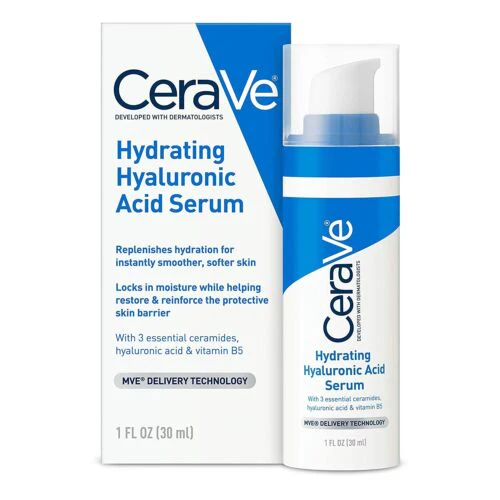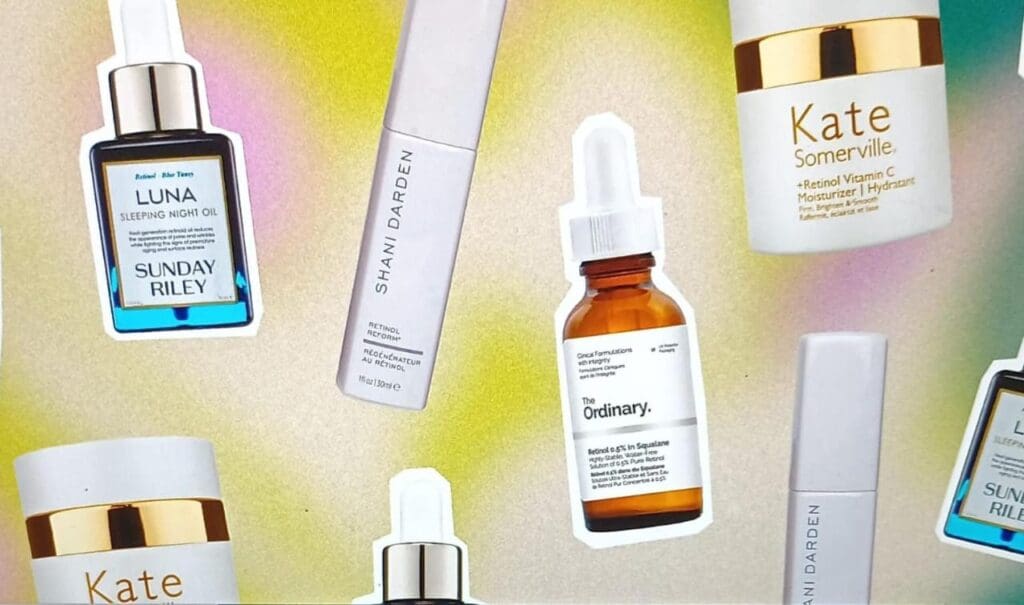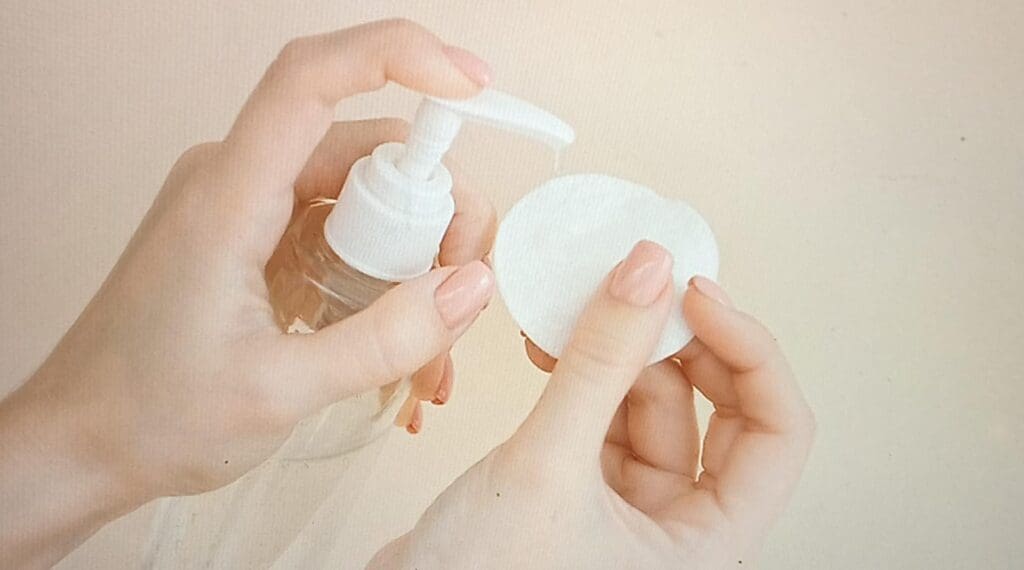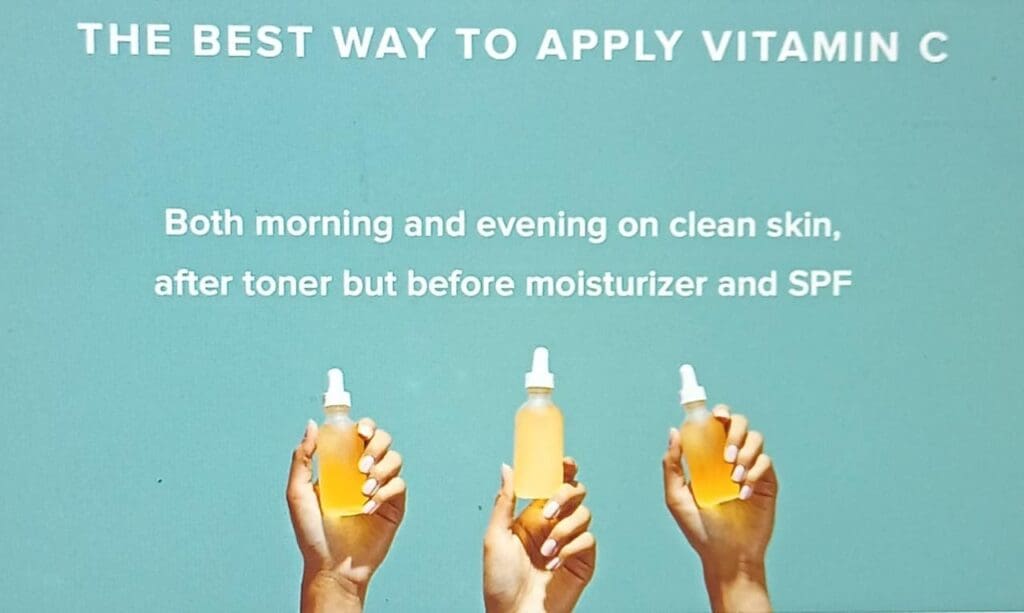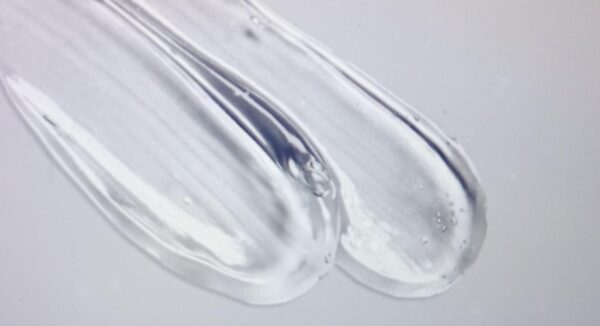
AHAs in Skincare: A Complete Guide
If you have been navigating the world of skincare, you have likely come across the term AHA or Alpha Hydroxy Acid.
It is one of those ingredients that can truly transform your skin if used correctly. Whether you are looking to improve texture, combat signs of aging, or get that radiant glow, AHAs could be your answer.
But what exactly are AHAs, and how do they benefit your skin? Let’s dive deep into what they are, the different types, their uses, and the precautions you need to keep in mind.
What Are AHAs?
Alpha Hydroxy Acids (AHAs) are a group of naturally occurring acids found in foods like sugarcane, milk, and fruits. Their main claim to fame is exfoliation, and they are widely used in skincare products to help remove dead skin cells.
Unlike other exfoliants, AHAs are water-soluble, meaning they work on the surface of the skin without penetrating too deep.
This makes them ideal for targeting issues like dullness, rough texture, and signs of aging, all while being gentle enough for most skin types.
Research has shown that AHAs can effectively speed up cell turnover, which means your skin will shed dead cells faster, revealing newer, fresher skin beneath.
As a result, regular use of AHAs can give you smoother, brighter, and more youthful-looking skin.
Types of AHAs
Not all AHAs are the same. Different types of AHAs have different strengths and benefits depending on their molecular size and origin. Here’s a breakdown of the most common AHAs used in skincare:
1. Glycolic Acid
Glycolic acid is derived from sugarcane and is one of the most popular and effective AHAs. It has the smallest molecular size, allowing it to penetrate deeply into the skin. Glycolic acid is excellent for promoting cell turnover and fading hyperpigmentation, making it a top choice for improving skin texture and addressing sun damage.
Remember glycolic acid is the most popular chemical exfoliant (AHA).
2. Lactic Acid
Lactic acid, derived from milk and fermented vegetables, is a gentler AHA, making it ideal for those with sensitive skin. It helps to exfoliate and hydrate the skin, improving texture and fading dark spots without causing irritation. Lactic acid is often found in products designed for dry or sensitive skin types.
3. Mandelic Acid
Sourced from bitter almonds, mandelic acid is another mild AHA with larger molecules, making it less likely to irritate the skin. It is especially beneficial for treating acne and improving skin tone. Mandelic acid also has antibacterial properties, which can be helpful for individuals with acne-prone skin.
4. Malic Acid
Derived from apples, malic acid is often used in combination with other AHAs to enhance their effectiveness. While it is not as strong as glycolic or lactic acid, it still helps to exfoliate the skin and improve overall radiance. Malic acid is commonly included in products targeting uneven skin tone and texture.
5. Citric Acid
Found in citrus fruits like lemons and oranges, citric acid is primarily used for its exfoliating properties and ability to balance the skin’s pH levels. It also has antioxidant properties that help protect the skin from environmental damage, making it a great addition to products aimed at brightening the complexion.
6. Tartaric Acid
Sourced from grapes, tartaric acid is often used in conjunction with other AHAs to improve their stability and efficacy. While not as commonly used on its own, it can help to reduce signs of sun damage and improve the overall texture of the skin.
Benefits of AHAs in Skincare
The benefits of incorporating AHAs into your skincare routine go beyond just exfoliation. Here’s a deeper look into what you can expect when using AHAs:
1. Gentle Exfoliation
AHAs are known for their ability to exfoliate the skin gently without causing irritation. Unlike physical exfoliants, which can be abrasive, AHAs dissolve the dead skin cells on the surface, leaving the skin smoother and more radiant.
2. Improving Skin Texture
By removing dead skin cells, AHAs help to smooth out rough or uneven skin texture. This is particularly beneficial for people with dry or flaky skin, as well as those dealing with conditions like keratosis pilaris.
3. Reducing Fine Lines and Wrinkles
AHAs not only exfoliate but also stimulate collagen production, which is crucial for maintaining firm, youthful-looking skin. Over time, regular use of AHAs can help reduce the appearance of fine lines and wrinkles.
4. Fading Hyperpigmentation
AHAs are effective at treating hyperpigmentation, melasma, and sun spots. By increasing cell turnover, they help fade dark spots and promote a more even skin tone. Glycolic acid and lactic acid are particularly well-known for their ability to improve pigmentation issues.
5. Treating Acne
AHAs can help prevent acne by keeping pores clear of dead skin cells that may otherwise clog them. By exfoliating the surface of the skin, AHAs reduce the chances of breakouts and help smooth out post-acne marks.
6. Boosting Hydration
Some AHAs, like lactic acid, have humectant properties, meaning they draw moisture into the skin. This helps to improve hydration levels, making the skin look plumper and more nourished.
Summary: AHAs help exfoliate the skin by removing dead cells, making room for new ones to grow. This exfoliation brings several benefits, such as brightening the skin, boosting collagen, and treating uneven skin tone.
How to Use AHAs in Your Skincare Routine
AHAs can be used in many different forms, making them versatile for various skincare routines. You will find them in products like:
- Cleansers
- Toners or tonics
- Face pads
- Serums
- Moisturizers
Some AHA products are designed to be washed off after a short time, while others are meant to be left on the skin. The way you use the product and the concentration of AHA in it can influence how strong the effects are on your skin.
Before selecting an AHA product or method of exfoliation, the American Academy of Dermatology (AAD) recommends considering your skin type and the other products you are already using.
If your current skincare routine already includes exfoliating ingredients, or if you use physical exfoliators, adding more exfoliation with AHAs may be too harsh for your skin.
How to Use Wash-Off AHA Products
For AHA cleansers or other wash-off products, it’s important to follow the instructions provided on the product’s label. As the AAD advises, here’s a general method for using wash-off AHAs:
- Apply the product using small, circular motions.
- Leave it on for around 30 seconds.
- Rinse off with lukewarm water.
- Follow up with a moisturizer to keep your skin hydrated.
How to Use Leave-On AHA Products
Leave-on products, like AHA serums or toners, should also be used as per the label instructions. Some people prefer applying leave-on AHAs before bed, allowing the product to work overnight while you sleep.
AHA Peels
AHA peels are stronger, prescription-based treatments that target more severe skin issues like rough texture and hyperpigmentation. They can be a milder alternative to more intensive treatments like deep chemical peels or laser resurfacing.
These peels are usually done by a dermatologist in their office and take about 15-20 minutes. The process involves cleansing the skin and applying an AHA solution, which can range in strength from 20% to 70%. The solution remains on the skin for a few minutes before being rinsed off.
Safety Precautions with AHAs
Since AHAs are acids, there are some safety measures to keep in mind:
Before Using AHAs
Before incorporating AHAs into your routine, consider the following:
- Always patch-test the product on a small area of skin before applying it to your face.
- If you experience irritation, burning, or stinging, rinse the product off immediately.
- If there’s no reaction, follow the product instructions for full-face application.
- Avoid using AHAs on broken skin or sunburned areas. AHAs are not recommended for use on infants or young children.
After Using AHAs
According to the Food and Drug Administration (FDA), AHAs can make your skin more sensitive to UV light, just like BHAs. For this reason, it is crucial to protect your skin from the sun when using chemical exfoliants. The FDA advises using AHA products with:
- A concentration of 10% or lower.
- A pH level of 3.5 or higher.
- SPF protection in the product or the use of a separate sunscreen.
Make sure to apply sunscreen daily, even if you’re using AHAs at night. The AAD recommends using sunscreen that is broad-spectrum, water-resistant, and has an SPF of 30 or higher.
Avoiding Overuse of AHAs
Overusing AHA products can lead to skin irritation and damage to the skin barrier. While most over-the-counter AHA products are designed to be gentle, using them too frequently may cause problems like:
- Redness or burning
- Dry or flaky skin
- Blotchiness and uneven skin tone
- Increased sensitivity to other skincare products
By using AHAs properly and taking the right precautions, you can enjoy their powerful benefits without harming your skin.
Conclusion
AHAs are powerful skincare ingredients that can dramatically improve your skin’s texture, brightness, and overall appearance when used properly. Whether you are a skincare newbie or a seasoned pro, understanding the different types of AHAs and their benefits can help you make informed choices for your routine.
Just remember to start slow, always wear sunscreen, and moisturize well to enjoy all the glowing benefits AHAs have to offer.
Related:
6 Best Salicylic Acid Serums in Pakistan
11 Best Moisturizers In Pakistan For All Skin Types

Education: University of Peshawar
Ahmad holds a Master’s degree in Chemistry and has been writing about skincare for over five years. With a deep understanding of ingredients and their impact on the skin, he enjoys sharing practical, science-based skincare advice. When not writing, he loves playing with his kids.
